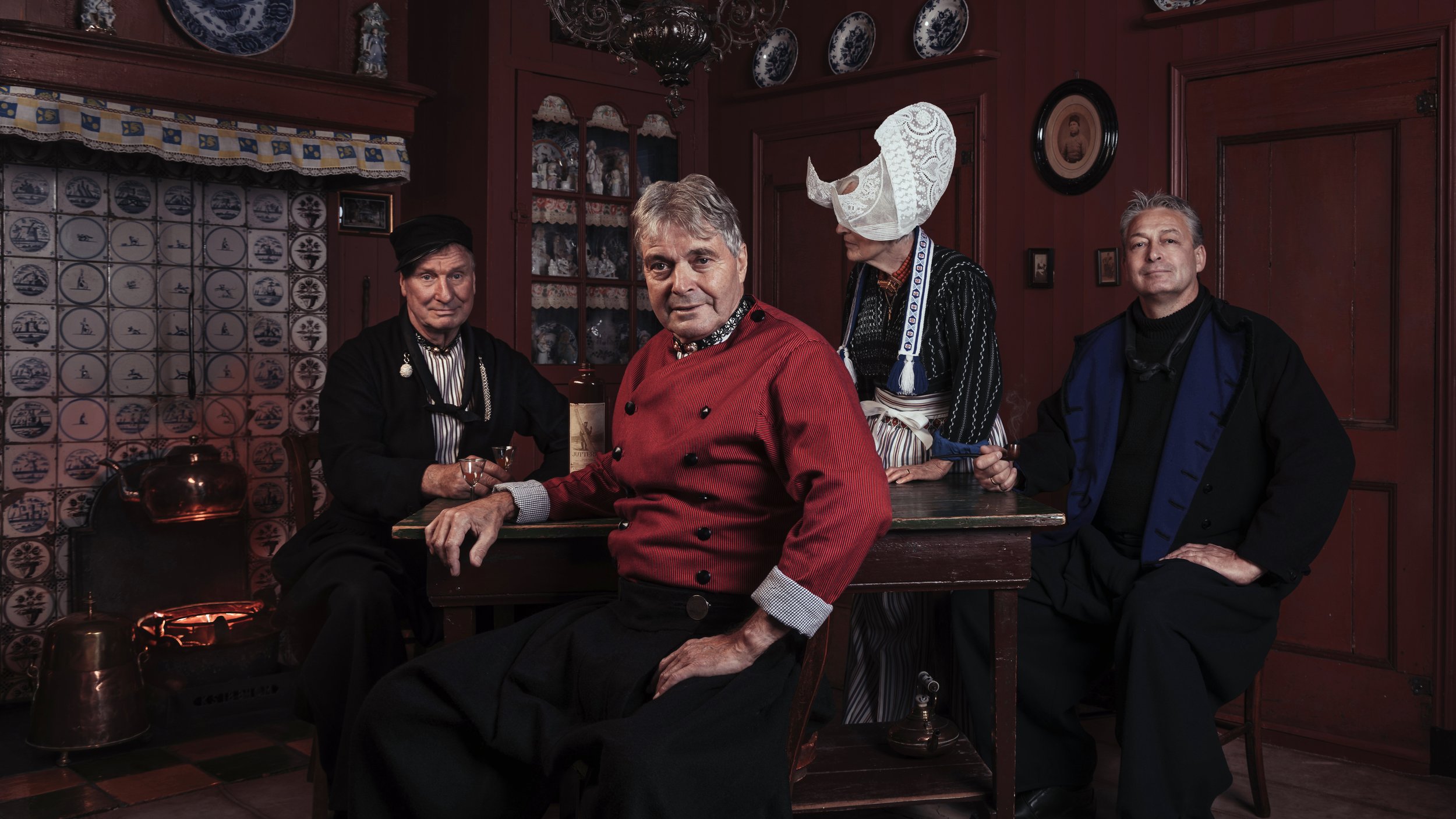THE IDENTITY OF HOLLAND
In this series, I photograph the last people wearing the traditional Dutch costume. With this project, I not only celebrate the richness of this unique piece of living heritage, but also draw inspiration from these communities as a reflection on the globalising world.
The huge variety of clothing of al the regions are made with craftsmanship in which each element deeply tells the story of the region. With its deep-rooted ideologies, unique history and the different states of the wearers, and the status of the wearer. Whether he is rich, in grieve or on his way to church, you will see it by the clothes.
My hope is that these images not only evoke admiration, but also inspire people to discover their own cultural roots.
SONY WORLD PHOTOGRAPHY AWARDS 2022 - STUDENT OF THE YEAR
TIFA TOKYO AWARDS 2021 GOLD IN CATEGORY PEOPLE CULTURE
FINE ART PHOTO AWARDS 2022 BRONZE IN CATEGORY PEOPLE
ND AWARDS 2021 DISCOVERY OF THE YEAR
ND AWARDS 2021 GOLD IN CATEGORY PEOPLE
URK
Because Urk was a island until the middle of the last century, they were able to maintain their own culture for a long time. Urk is therefore a close-knit community and they are proud of their identity.
The people of Urk attach great value to their traditional culture. The older generation are doing their best to pass their traditions to the new generation, and with success! Some people still wear the traditional costume every Sunday, to church or to the choir.
New generation old aspirations
The older generation encourages the younger generation to wear the traditional clothes of their village, and with succes! It surprised me how the traditional culture also thrives among the children.
on the day of the shoot, within no time there were tens of children behind me who couldn't wait to appear in front of the camera to show their culture to the world.
SCHEVENINGEN
The previously mentioned 'Terram de Sceveninghe' was build from the need of fish by the counts of Holland. For a long period of time, Scheveningen never had a harbor. The fish was laid on the beach and the man with the iron gong spread the time in de village, when the fish would be auctioned on the beach.
STAPHORST
Every time I have te privilige to experience a new culture such close and intimate, it feels like I'm in a movie. But in the community of the small village in Staphorst this is nothing special. More than 500 people here still wear the traditional clothing every day and live in beautiful classic oriented houses.
The people of this village show that a deep connection with your traditional culture is still possible in a heavily globalised country like the Netherlands.
WEST-FRIESLAND
In 1578, during the 80 years war, Amsterdam was occupied by the Spanish. In collaboration with Willem van Oranje, the Dutch watergeuzen blocked the shipping route to Amsterdam. The international trade moved to West-Friesland, creating enormous economic growth. The result of this is a rich costume in this area, with silver or gold earrings as showpiece.
VOLENDAM
Volendam is the epicenter of Dutch traditional culture. People from all over the world come to this picturesque fishing village to experience the culture of the Netherlands. The costume of Volendam may be the most famous in the world, but here too the culture is dying. Only one more woman still wears the clothing in public. If she dies, this iconic culture will die with here and it will be only a tourist attraction.
“If the costume wants to survive, we as humans would have to adapt to it. The world is far too hectic and globalized for us to hold on to this old traditional dress and culture.”
Madeleine
NORTH-VELUWE
When you take a look at the Dutch traditional costumes you not only get a better understanding of the Dutch culture, but you also see similarities with other cultures.
Covering the head is a good example of a cultural aspect that is not respected by everyone nowadays, but which was a norm in many cultures over the world, including the Netherlands.
The North-Veluwe has a wide variety of hats, were sometimes girls had shave all their hair off to wear it.
This iconic hat called ‘Droefiesmuts’ was intended for chic occasions. Making this had is a miracle of folding technique. With serveral meters of strips and lace this handcraft making proces takes hours and hours. Washing this hat can therfore takes about 30 hours each.
FIND YOUR IDENTITY
This journey has helped me to form my own identity and broaden my worldview. I hope I’ve inspired you to be interested and look for your own cultural roots.
Who are you, where are you from and what have made the world around you look like it is today?
I would love to see what you’ve found!



























